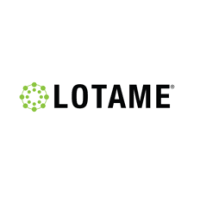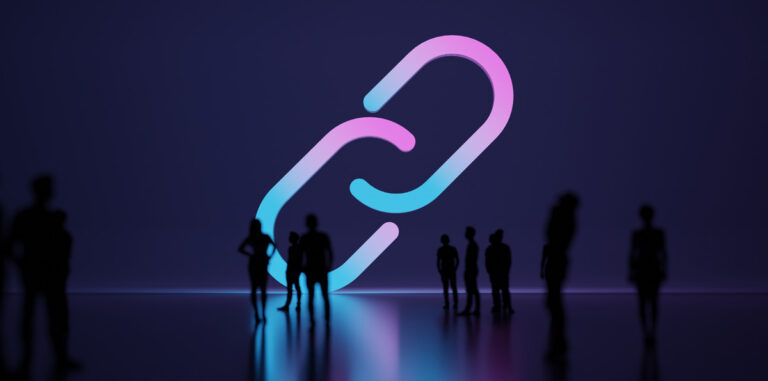By Sebastian Yoffe, Managing Director – Latin America, Lotame
COVID-19 changed it all. As marketers, and as people, we know that the way consumers live has been altered at a fundamental level by the virus and the resulting economic upheaval and social distancing practices.
Before COVID-19
In the pre-COVID-19 environment, it was easy for marketers to rely on a familiar set of personas.
Of course, creating those personas took work. Using first-party data as a foundation, marketers learned the basic habits and preferences of their audience, but they still needed third-party data to fill in the gaps in their knowledge. That meant breaking down data silos, scrubbing all the data, and deriving insights to build a working model. And once that work was done, you still had to test the results to see if they worked, or fail and start all over again. Still, the process had its rewards.
People aren’t eating, shopping or exercising the way they did just a few months ago.
Before the global pandemic changed our lives in profound ways, we could make some safe assumptions about how people lived based on available first-party data. We could guess, within reason, how the preferences of a 30-something male with a suburban ZIP code might differ from those of a woman in her twenties living in the heart of a major city. But COVID-19 changed all that. As marketers, and as people, we know that the way consumers live has been altered at a fundamental level by the virus and the resulting economic upheaval and social distancing practices. People aren’t eating, shopping or exercising the way they did just a few months ago. They’re still doing all of those things, but daily habits have changed in ways that simply aren’t going to be captured by first-party data alone.
 Since COVID-19
Since COVID-19
Consider this simple example:
Imagine a male consumer in his mid-twenties visiting an automotive site in late 2019. He lives in a major city and his visit involves looking at a few two-door models and browsing the features. It’s behavior that would suggest he’s single, maybe in the market for a new car. When that same user logs on in June of 2020, his online behavior hasn’t changed that much. He might visit more frequently and spend more time customizing a car. He might even still be browsing two-door models but has expanded his search to SUVs and jeeps with more storage capacity. Yet his life has changed dramatically.
[…] using only first-party data there’s no way to tell that he’s probably a better target for ads […]
There’s not enough detail in the auto site’s view of this consumer to tell you that he’s now working from home, or that instead of looking to buy his first car for weekend trips, he’s now more interested in moving to the suburbs and replacing airline travel with road trips. He won’t be going overseas for a long time, but using only first-party data there’s no way to tell that he’s probably a better target for ads about a crossover model’s great gas mileage or its ability to tackle tough terrain for his trips to the mountains. Instead of the speed of a sportscar he might need in-car WiFi, roadside assistance, and the best sound system on the market.
All these changes are invisible to the OEM and its dealerships. From their perspective, he’s still a man, still the same age and living in the same location, and he’s interested in their cars.
Advertisers looking to connect with in-market car shoppers are missing out on closing this potential customer by speaking to his needs right now, rather than months ago. With the intel they have from first-party data alone, their ads are likely to fall flat, creating the kind of wasted spend that no one needs during a global recession.
Understanding a New Consumer
To understand what consumers’ lives really look like now, marketers will need to rely on third-party data. Without it, there’s no way for any digital marketer using a connected channel, to make the connection between distinct behaviors.
 Third-party data segments can reveal valuable insight for marketers. Consider the data available from third-party sources around discretionary spending. Before the pandemic, you could expect that a consumer who shopped regularly at a high-end retailer was probably in the market for work attire. Today, in a world where pajamas qualify as work clothes, someone visiting that high-end retailer might be better served with ads for outdoor wear, sleepwear, or casual clothes better suited to social distancing in the park than making a statement at the office.
Third-party data segments can reveal valuable insight for marketers. Consider the data available from third-party sources around discretionary spending. Before the pandemic, you could expect that a consumer who shopped regularly at a high-end retailer was probably in the market for work attire. Today, in a world where pajamas qualify as work clothes, someone visiting that high-end retailer might be better served with ads for outdoor wear, sleepwear, or casual clothes better suited to social distancing in the park than making a statement at the office.
These changes aren’t easily captured unless you have the data to build a complete picture of the customer.
Likewise, someone searching for a minivan might be planning a road trip for a COVID-safe summer vacation rather than to take the kids to futbol practice. These changes aren’t easily captured unless you have the data to build a complete picture of the customer. Reaching these audiences in ways that are relevant and respectful of how their lives have changed can have a big impact. But in all these cases, third-party data is the key to unlocking the right insights.
Surviving in a Changing World

We’re in a critical moment. Many businesses are fighting not just for relevance but for survival. In this fiercely competitive new world, having a clear view of who your customers are and how they’ve changed in the last few months can mean the difference between surviving and thriving. To succeed in the rapidly changing environment, marketers need to make connections between data points and signals that first-party data alone can’t provide. For advertisers and publishers alike, third-party data closes the loop.
To succeed in the rapidly changing environment, marketers need to make connections between data points and signals that first-party data alone can’t provide.
Personally, I never could have anticipated the ways that my personal and professional life has changed in the last few months. While there’s definitely been disruption, it’s also been an opportunity to learn. Right now we’re focused on making changes that will help us cope with the new environment, but for us to connect with customers now and in the future, the digital ecosystem needs to improve. For advertisers, publishers, and consumers alike that represents a huge opportunity.
Are you using data to get a clear view of your customers? I would love to learn about your data strategy; please send me a note directly: [email protected]







